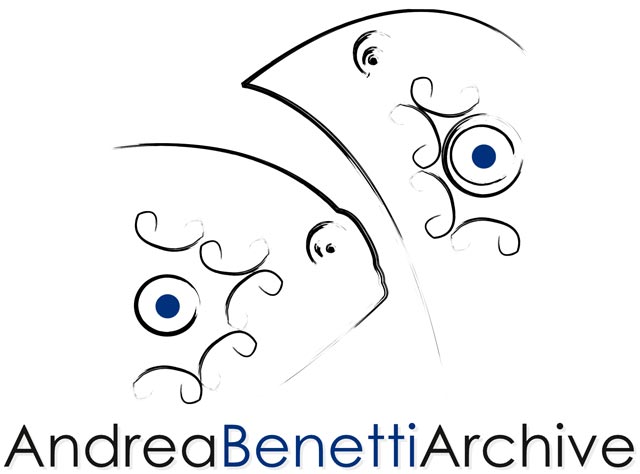Rediscovering Roots to Build a Different Future
Rediscovering the archaic to give new meaning to the present. This is the underlying poetics of the Neo-Cave Art Manifesto, conceived by Bologna-based artist Andrea Benetti, whose works are on display in Bari until March 26, 2014, in the central hall of the former Palazzo delle Poste, as part of the exhibition Colors and Sounds of Origins. The vernissage, held on February 28, featured an evocative musical and vocal performance by Lecce-born trumpeter Frank Nemola, a well-known collaborator of Vasco Rossi.
As Benetti explains in his Neo-Cave Art Manifesto, he rediscovers the ancient cave art as a testimony to a humanity that “interacted daily with the sun, the earth, the water, the sky, harmoniously integrating into nature; and even when nature did not pose a threat, he respected it, as one would a deity, fully aware of his own limitations.” In this sense, the archaic nature of his style—perceivable in human and animal figures that sometimes resemble ideograms, yet are reinterpreted through the lens of a refined contemporary naiveté, captivating in its forms, colors, and references—holds significance not only as a stylistic element but as a means of restoring the power of symbols and archetypes as the quintessence of meaning and value.
To the human being who expressed himself millennia ago through that art, Benetti contrasts “contemporary man,” who has placed himself “at the center of the world, prioritizing his own needs and selfishness. In doing so, he has foolishly broken an enchantment and desecrated the sacredness of nature, and thus, of life itself.” Benetti, therefore, proposes a “reset”, a return to that primal artistic form that coincided with the very dawn of human history, “to rebuild a new world where respect for nature and human dignity are finally at the core of mankind’s intentions. Only in this way can we reaffirm the sacredness of life, which has now been lost in exchange for a short-sighted and jaded lifestyle that is leading the planet to self-destruction.” Far from suggesting an anachronistic approach, Benetti emphasizes that this “restart” should be understood symbolically, yet with the awareness that “symbols often possess a power rivaled only by that of nature itself—the very nature we must learn to respect and love once again.”
The Neo-Cave Art Manifesto, briefly outlined here, was officially presented by Benetti at the 53rd Venice Biennale, in the pavilion Nature and Dreams, at Ca’ Foscari University, upon invitation from M.A.C.I.A. (Museo d’Arte Contemporanea Italiana in America), directed and curated by art historian and critic Gregorio Rossi. Bringing the artistic project Colors and Sounds of Origins to Bari was Stefania Cassano, president of the Cultural Association AnimARSi, who also curated the exhibition, involving the University of Bari not only in providing the exhibition space but also in organizing a Seminar on Cave Art, held on the morning of February 28 in the university’s Aula Magna. The seminar was curated by Professor Donato Coppola, lecturer in Paleoethnology and Prehistoric Archaeology, and Stefania Cassano herself. The event was also attended by the University’s Rector, Professor Antonio Felice Uricchio, and Professor Gregorio Rossi; at the end of the seminar, Andrea Benetti was awarded the International Excellence Award, and one of his works was acquired for the University of Bari’s Collection.
In the afternoon, the exhibition opened to the public, featuring 22 works by Andrea Benetti, accompanied by a live musical performance by Frank Nemola. Stefania Cassano emphasized the strong complementarity between the two artists within this unified project, which presents “an interweaving of ‘primordial’ sensations, stemming directly from the instinctual sphere of human existence, only partially filtered by critical judgment and contemporary thought.” Colors and Sounds of Origins emerges from a creative exploration by both artists who, “through the fusion of two expressive mediums—painting and music—manage to create a project of ‘acoustic art.’” Benetti and Nemola establish an ideal bridge between the origins of humanity and the contemporary world, between the ancient, essential forms of expression and the modern simplifications of digital mass communication systems, employing the two primary senses associated with each era: hearing and sight.
The exhibition, still ongoing, is sponsored by the Region of Puglia, the Province of Bari, the Municipality of Bari, the Municipality of Castellana Grotte, the Italian National Trust (FAI) Bari Section, the Alta Murgia National Park, the Castellana Caves, and the Archeo Club Bari Section.
Enzo Garofalo |
Journalist |




